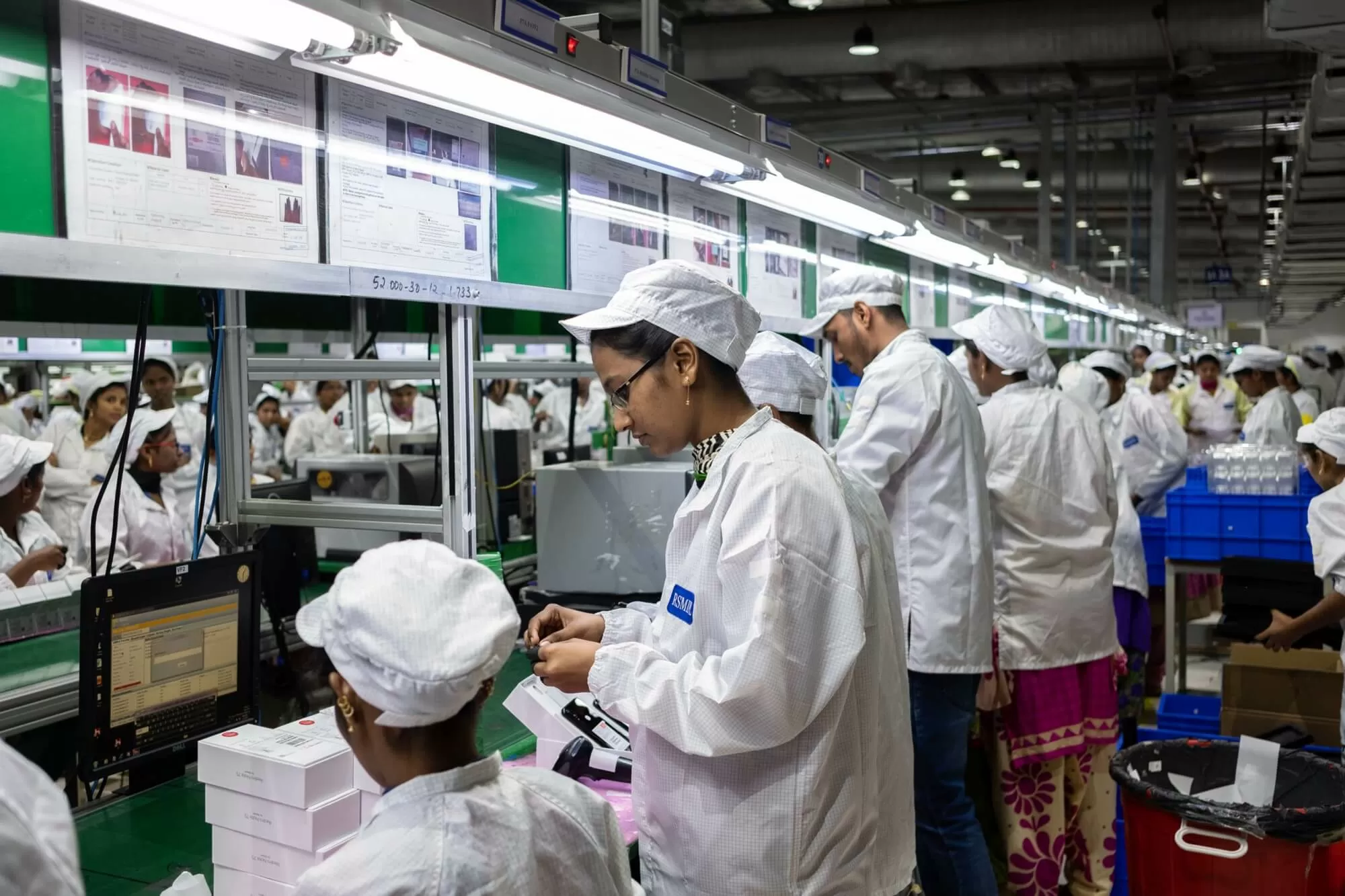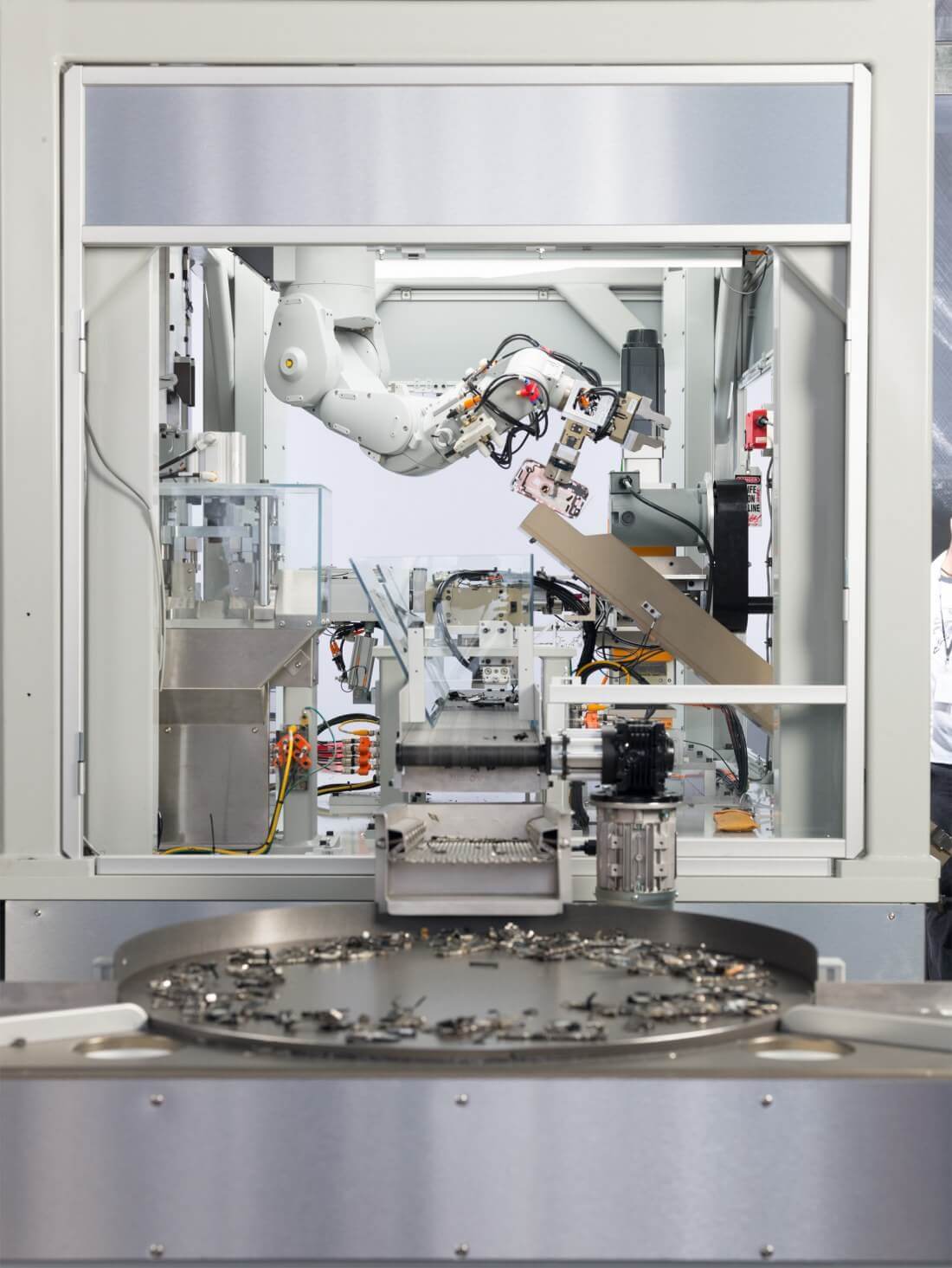Why it matters: Every year, more jobs are lost due to automation, which has many people worried if their occupations will soon become obsolete. However, even a company with deep pockets like Apple has found that while you can automate specific tasks in manufacturing, there are still things that humans are able to do better than expensive robots and that could stay true for the foreseeable future.

Apple is usually very discreet with its projects, but every now and then some of what the company is cooking in its labs transpires and we get to see a glimpse of its vision for the future of tech.
This time, a report from The Information revealed the Cupertino giant spent several years and millions of dollars to automate the factories that are making its products. The idea was to reduce the number of tasks that required human labor and have them done by robots, but time and again that has either proven impractical or the results were substandard.
The efforts started in 2012, after CEO Tim Cook was shown an experimental automated production line for iPad that looked promising, as it only needed a few people to operate and maintain. Cook and other executives were impressed by the project, which was developed by Foxconn - Apple's largest contract manufacturer. The system employed robotic arms dubbed "Foxbots," and was able to do most of the cutting, treating, and polishing of iPad cases, as well as most of the assembly required for the internal components and the screen.

This convinced Apple to build a dedicated team of robotics and automation experts to work on developing this dream at a secret facility in Sunnyvale, California. Before long, the engineers found that humans still have a level of dexterity that is very difficult to reproduce with a robotic arm, especially when it comes to fastening tiny screws - a process so delicate that the hardware needed to execute it seemed impossible to develop even with the company's deep pockets.
Several trials later, even more issues became apparent that required falling back to human hands to solve the issue. It turns out that the machines that were designed to install keyboards in 12-inch MacBooks experienced repeated malfunctioning, which required the whole production line to be shut down for repairs.
Interestingly, humans have also proven more precise than robots in applying glue for attaching the display panel in Apple's mobile devices. You'd think that a machine would be better equipped for assembly within tight tolerances of one millimeter or less, but well-trained Chinese workers performed consistently better in multiple consecutive trials.
Apple did manage to successfully automate some parts of the assembly process for products like Apple TV, iPad, and Apple Watch, but by 2018 the company had mostly given up trying to replace more humans on the assembly line.
That doesn't mean that the company's automation project was shuttered. Later that year, Apple unveiled Daisy, a robot that was designed to do exactly the opposite of what the previous models failed to do - its main purpose was to take apart hundreds of iPhones per hour and sort the resulting parts for recycling, which had become Apple's new green goal.
https://www.techspot.com/news/85505-apple-began-exploring-advanced-robotics-2012-reduce-human.html